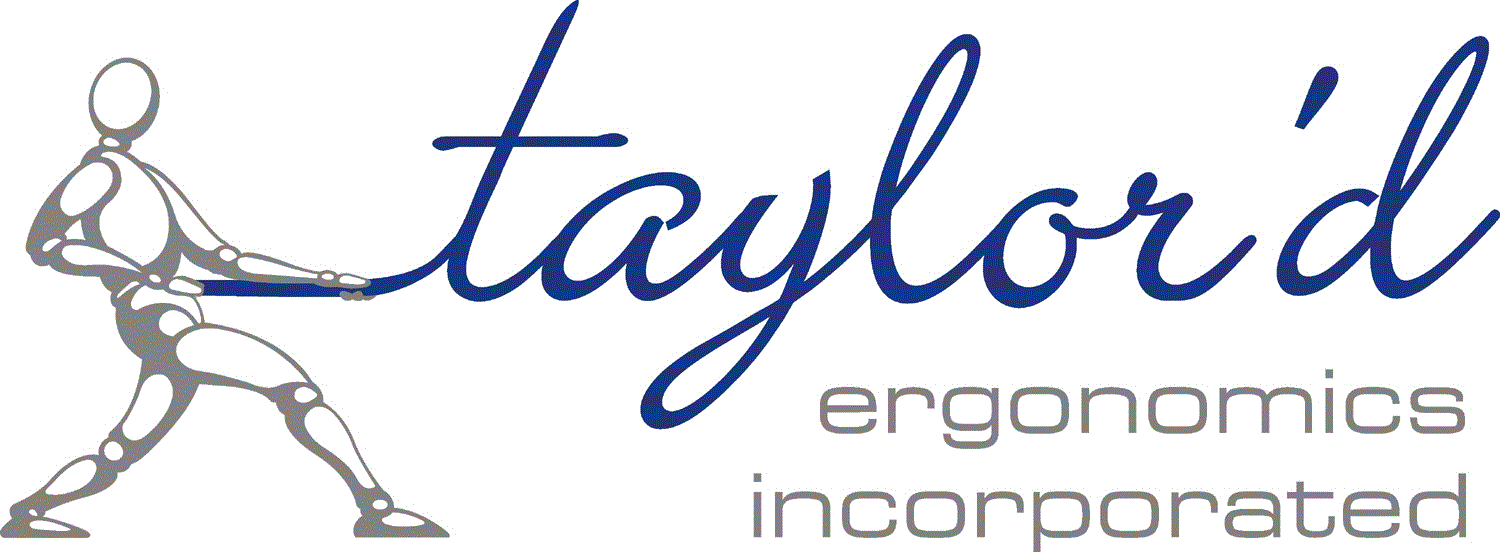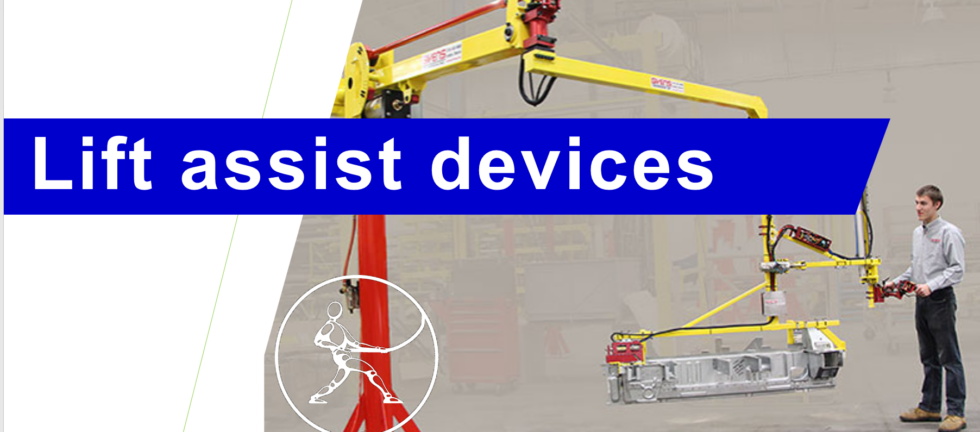written by Christina Timmons
Credit to Joey Prange MS HFE, AEP, Tesla (Presented at the Applied Ergonomics Conference, 2025, in Orlando, Florida)
Lift assist image above used with permission of Givens Engineering Inc., London, ON.
From an ergonomics standpoint, lift assists offer a mechanical advantage for lifting awkward and heavy loads. The goal when implementing an effective lift assist device (LAD) is to mitigate the risk of injury, which ultimately reduces absenteeism and improves safety. However, it’s important to consider many other factors while rolling out a successful and effective LAD in a workplace.
The Anatomy of a LAD
A lift assist includes 3 main components:
- Upper components, including structure, tractor and hose management
- Middle components, including the arm and balancer
- Lower components, including the controls and end-effector (clamp, vacuum, magnet, nesting, hook)
Based on the environment and nature of the task, identifying which option will work best for the workers to manipulate the part efficiently is crucial.
As ergonomists, we should consider:
- The operator
We need to consider a range of body sizes, the worker’s perception of how the LAD effects time efficiency, prior experience with LADs, required training, and the worker’s overall understanding ergonomics and the benefits of using it.
- The part
Specifications including the weight, size, shape, material and coupling are all important when designing and implementing a LAD.
- The lift assist technology
Ensure the LAD is user friendly, safe and well-suited for the task.
- The process
Consider all tasks performed using the LAD, including search, pick, travel and deposit. The worker needs to move the part through the system, and successfully manipulation it, using a LAD.
- The psychosocial factors
Worker’s emotional and social elements affecting performance, including change resistance, are important to acknowledge as potential barriers to LADs.
There are many factors to consider when implementing an LAD, and workers need support when going through this change.
Looking for help? Not sure if an LAD is the best solution? Contact us at Carrie@TaylordErgo.com.


